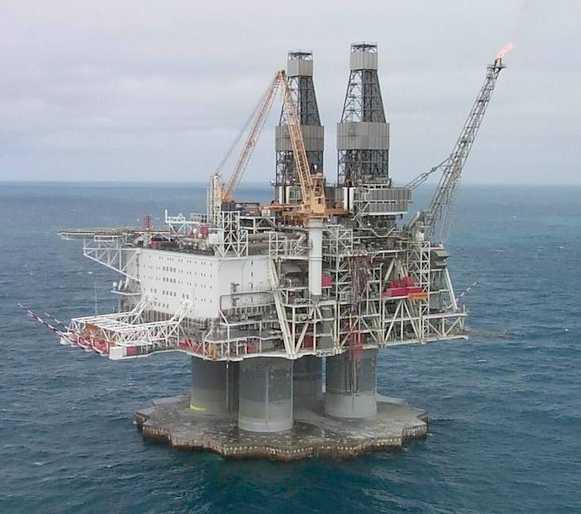Bibliography
- J. Algeroy, Equipment and operation of advanced completions in the M-15 Wytch Farm mulitlateral well, presented at the 2000 Anuual Technical Conference and Exhibition (Dallas), Pap. SPE 62951, October 1-4, 2000
- G. Botto et al., Innovative remote controlled completion for Aquila Deepwater Challenge, 1996 SPE European Petroleum Conference (Milan), Pap. SPE 36948, October 22-24, 1996
- R. A. Dawe and Alan G. Lucas (eds.), Modern Petroleum Technology, vols. 1 and 2, 6th ed., 2000
- M. J. Economides, A. D. Hill, and C. Ehlig-Economides, Petroleum Production Systems, 1993
- N. J. Hyne, Nontechnical Guide to Petroleum Geology, Exploration, Drilling and Production, 2d ed., 2001
- V. B. Jackson, Intelligent completion technology improves economics in the Gulf of Mexico, Amer. Oil Gas Rep., June 2000
- D. E. Johnson, Reliable and completely interventionless intelligen completion technology: Application and field study, 2002 Offshore Technology Conference (Houston), Pap. OTC 14252, May 6-9, 2002
Source
Access Science
|











Dear Buyer/ Buyer mandate
ReplyDeleteWe currently have Available FOB Rotterdam/Hosuton for JP54,D2, D6, JetA1 with good and workable procedure, whereby buyer will dip test in seller tank with proof of product.
Kindly Contact us via (anatolyvyacheslavoil@mail.ru) for SCO as soon as possible, so we can move to the next step.
Regards
Anatoly Vyacheslav
Email: anatolyvyacheslavoil@mail.ru
anatolyvyacheslavoil@yandex.ru
skype:anatolyvyacheslavoil